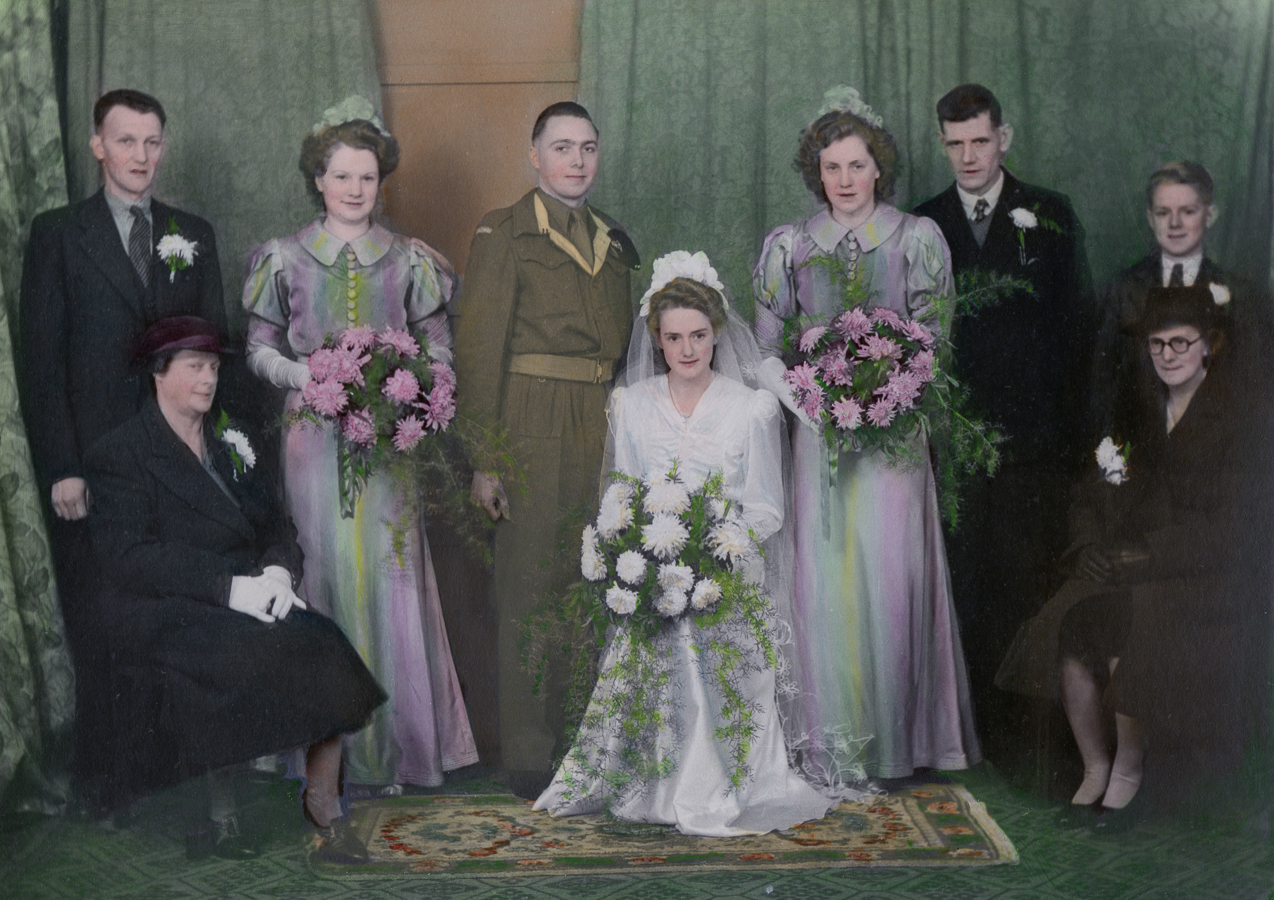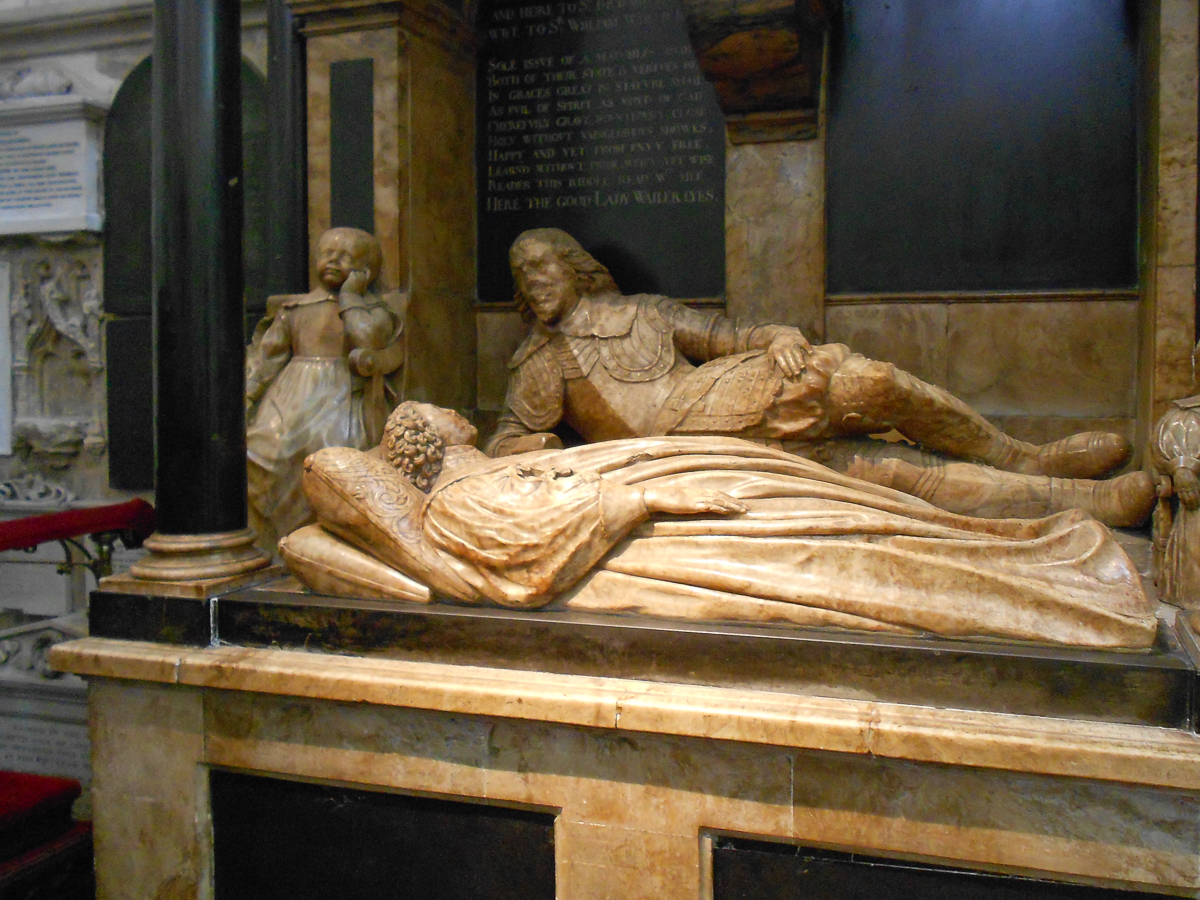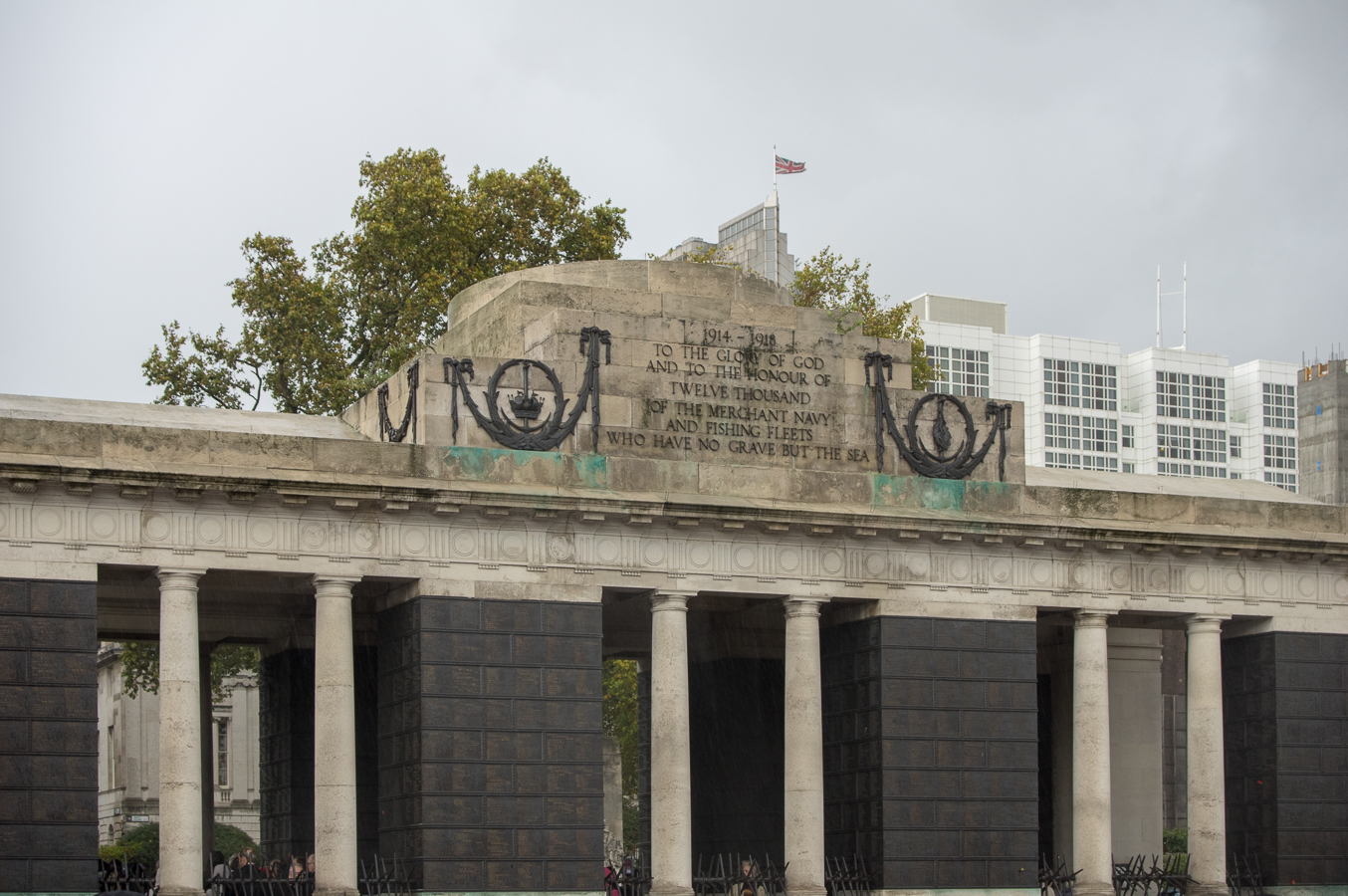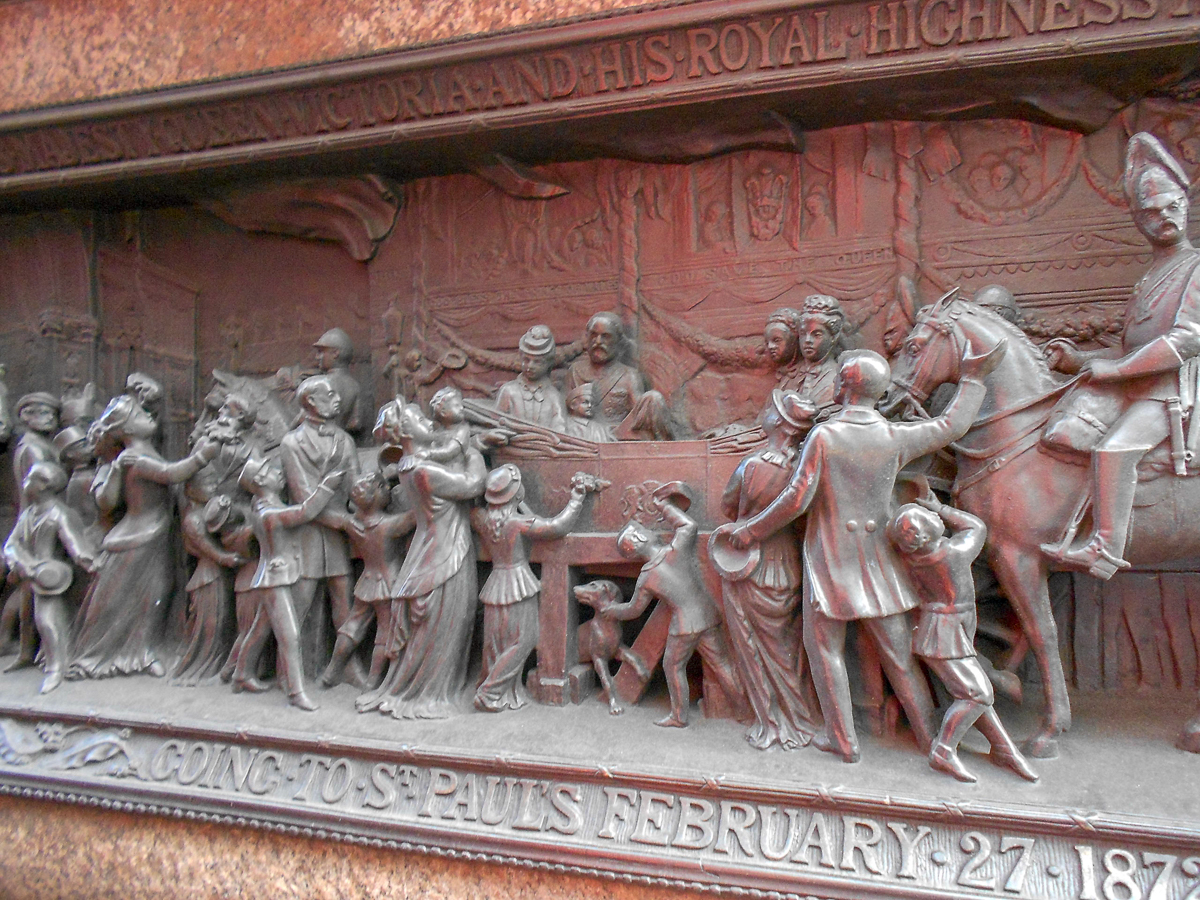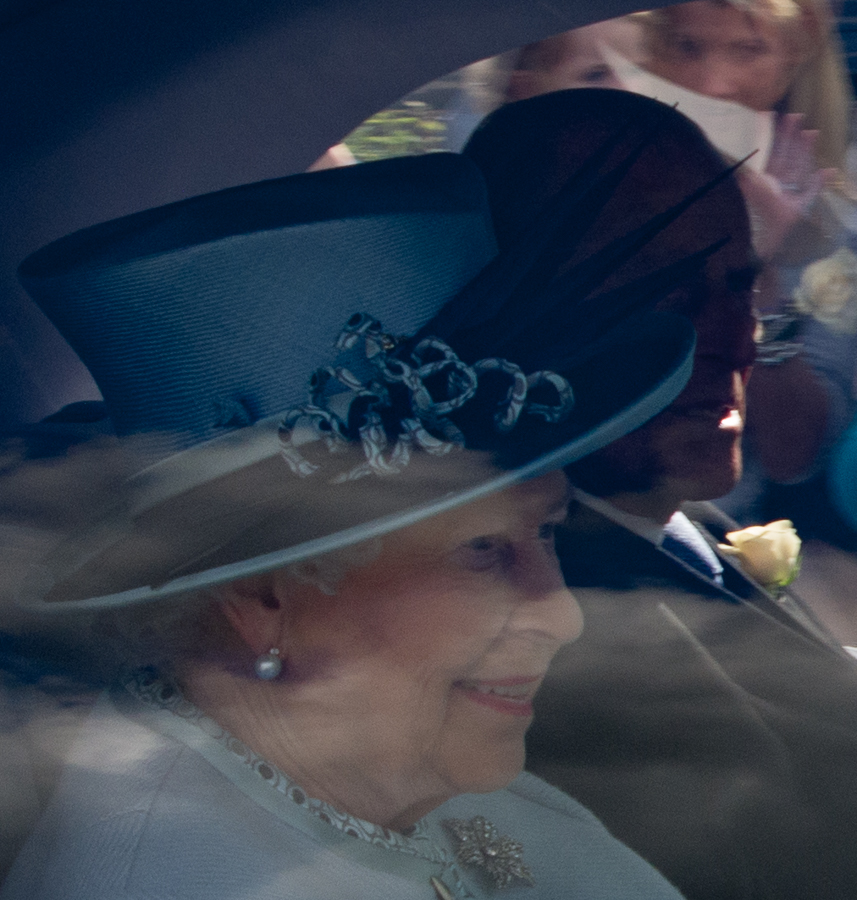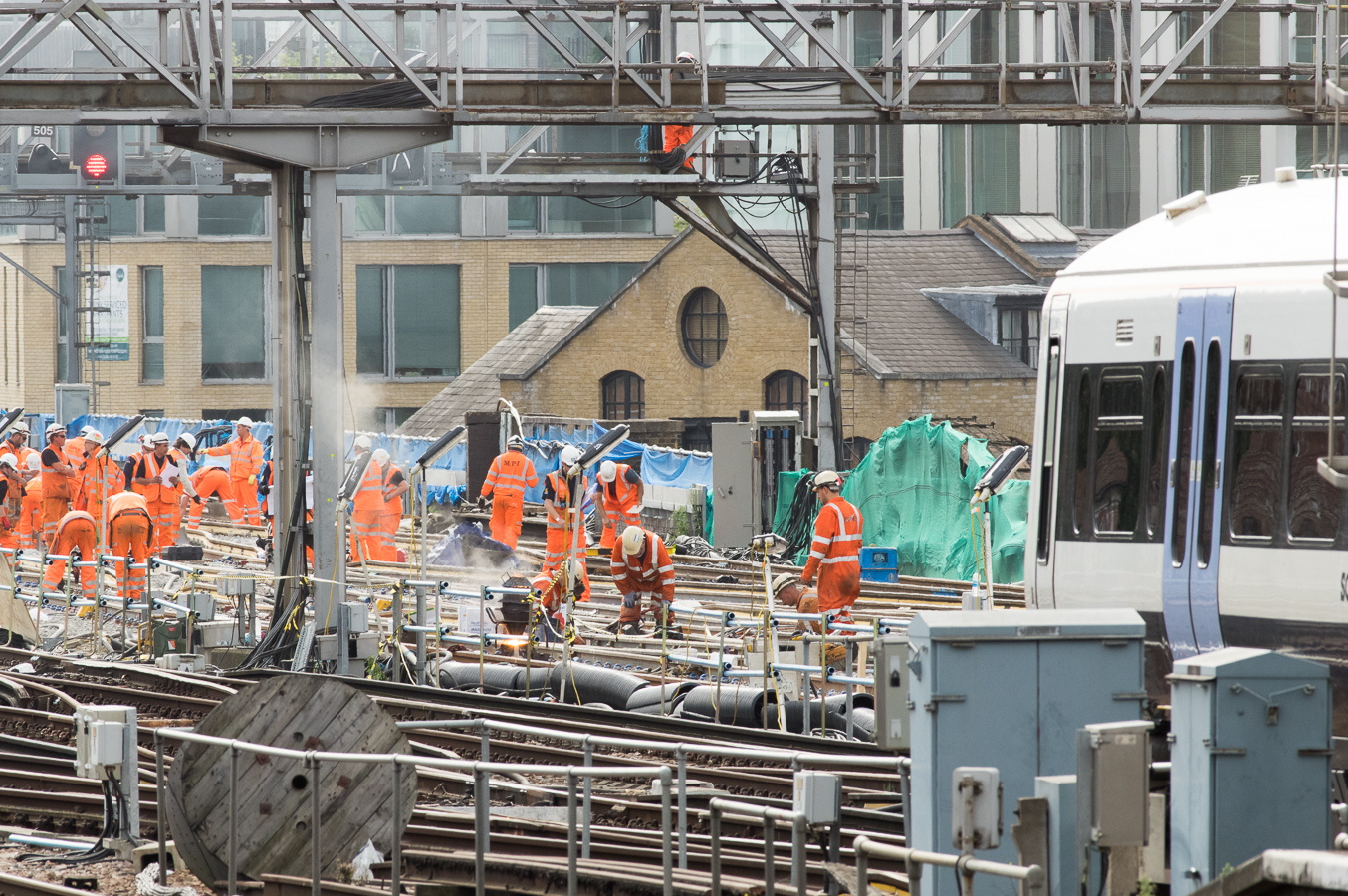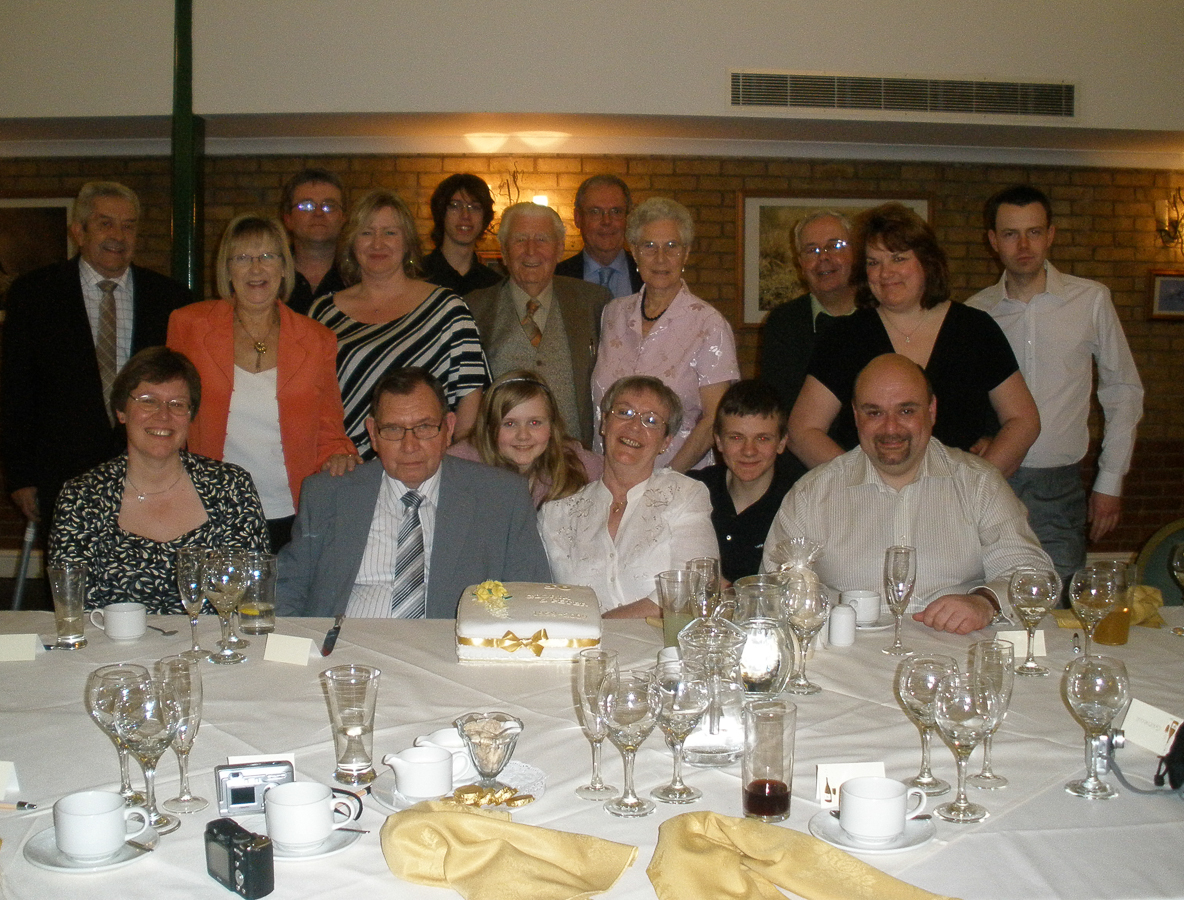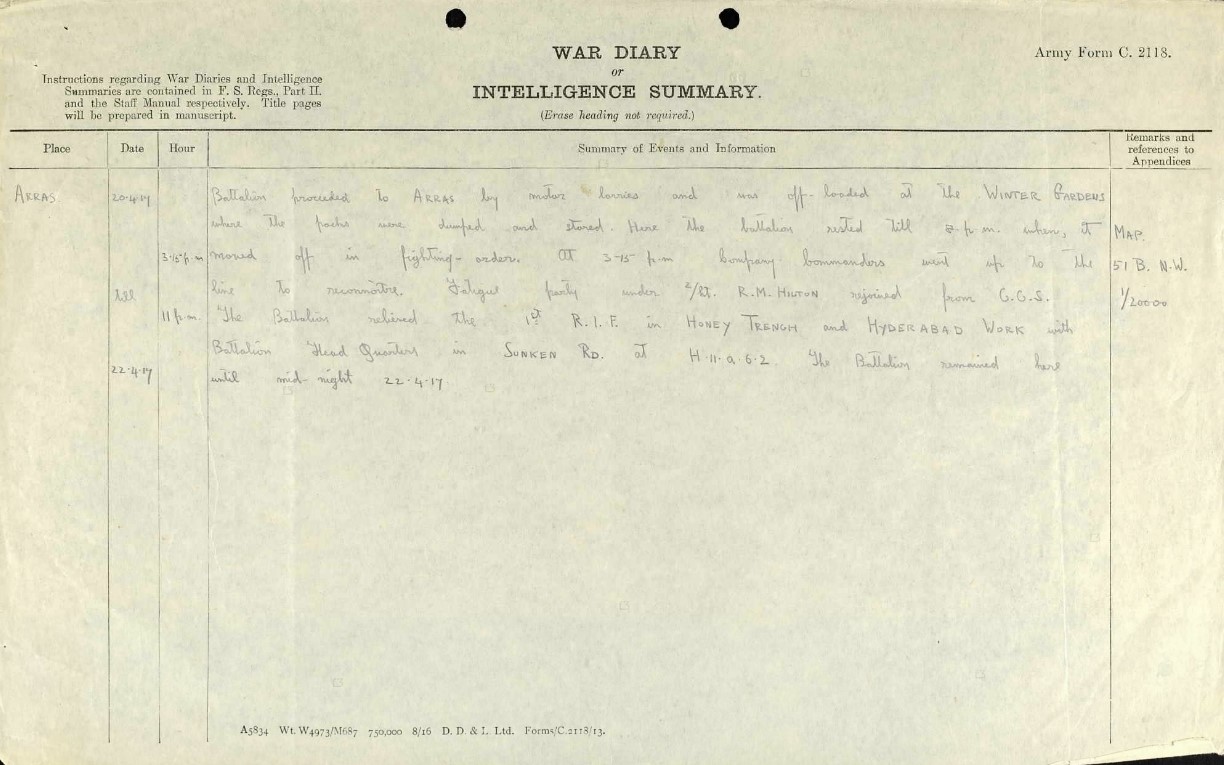The Census
Extracted from The National Archives
What is the census and why was it compiled?
The census is a head count of everyone in the country on a given day. A census has been taken in England and Wales, and separately for Scotland, every ten years since 1801, with the exception of 1941.
The object of the census was not to obtain detailed information about individuals, but to provide information about the population as a whole; listing everyone by name, wherever they happened to be on a single night, was the most efficient way to count everybody once, and nobody twice.
How the census was taken and on what dates
In every census year an enumerator delivered a form to each household in the country for them to complete. The heads of household were instructed to give details of everyone who slept in that dwelling on census night, which was always a Sunday. The forms completed by each household, known as schedules, were collected a few days later by the enumerator. From 1841 to 1901 the information from the schedules was then copied into enumeration books. Once the enumeration books had been completed, most household schedules were destroyed, although there are some rare survivals. It is the enumeration books that we consult today online or on microfilm.
The 1841 census was the first to list the names of every individual, which makes it the earliest useful census for family historians. However, less information was collected in 1841 than in later census years. Read section 5 for details of the information recorded in each census year.
The General Register Office was responsible for taking the census, so it used the administrative framework already in place for the registration of births, marriages and deaths. The Superintendent Registrar was responsible for collecting the returns from each Registrar of Births and Deaths in their registration district, and sending them to the Census Office in London. Each Registrar of Births and Deaths was responsible for a sub-district, which they divided into enumeration districts (EDs), and recruited enumerators for each ED.
The dates of the censuses were as follows:
1841 – 6 June
1851 – 30 March
1861 – 7 April
1871 – 2 April
1881 – 3 April
1891 – 5 April
1901 – 31 March
1911 – 2 April
1921 – 19 June
The intended date for the 1921 census was 24 April, but was postponed due to industrial unrest, which the GRO decided would have made it impossible to collect accurate information in some areas.
In the censuses of 1801, 1811, 1821 and 1831 lists of names were not collected centrally, although some are held in local record offices.
...
Unfortunately, the 1931 census for England and Wales was destroyed by fire in 1942, and no census was taken in 1941 because of the Second World War.
People in the census
The following information on individuals enumerated within households is included in each census year as follows (slightly different questions were asked on schedules for institutions and vessels, depending on the location and census year):
1841
first name and surname
age (rounded down to the nearest five years for those aged 15 or over)
sex
occupation
whether they were born in the county where they were enumerated (Y or N)
whether they were born in Scotland (S), Ireland (I) or Foreign Parts (P)
1851 and 1861
first name, middle names (often just initials) and surname
relationship to the head of the household
marital status
age (at last birthday)
sex
rank, profession or occupation
where born – county and parish if born in England or Wales, country only if born outside England and Wales)
whether blind, or deaf and dumb
1871 and 1881
As 1851 and 1861, except for the following difference:
the last column now reads: 1. Blind 2. Deaf and Dumb 3. Imbecile or Idiot 4. Lunatic
1891
As 1871 and 1881 with the following extra details on employment:
whether Employer, Employed, or Neither Employer nor Employed
language spoken (Wales only)
1901
As 1891, with occupation details changed to:
‘Employer, Worker or Own account’
a new column ‘If working at home’
language spoken (Isle of Man only)
1911
As 1901, with extra questions:
For married women only, the number of years of their present marriage, the number of children born of that marriage, the number still living, and the number that had died.
As well as their occupation, the industry in which the person was employed. If employed by a government, municipal or other public body, the name of that body.
Parish and county of birth for anyone born in the UK (which included all of Ireland). If born elsewhere in the British Empire, the colony or dependency, and the state or province.
For anyone born outside England and Wales, whether they were resident or visitor in the country.
Nationality of anyone born overseas whether British by parentage, British by naturalisation (including year of naturalisation) or, if a foreign national, of which country.
In the Infirmity column, the age at which the person had become afflicted.
In 1911 all the household schedules were kept, for the first time (see RG 14), and were not copied into enumeration books. There are instead enumerators’ summary books which list every address, including unoccupied buildings, and the only names they contain are those of the head of each household (see RG 78). These summary books are the only place you will find a description of each building such as ‘House and shop’, ‘Hotel’, ‘Private house’. Unoccupied houses and non-residential properties such as churches and factories are also listed.

